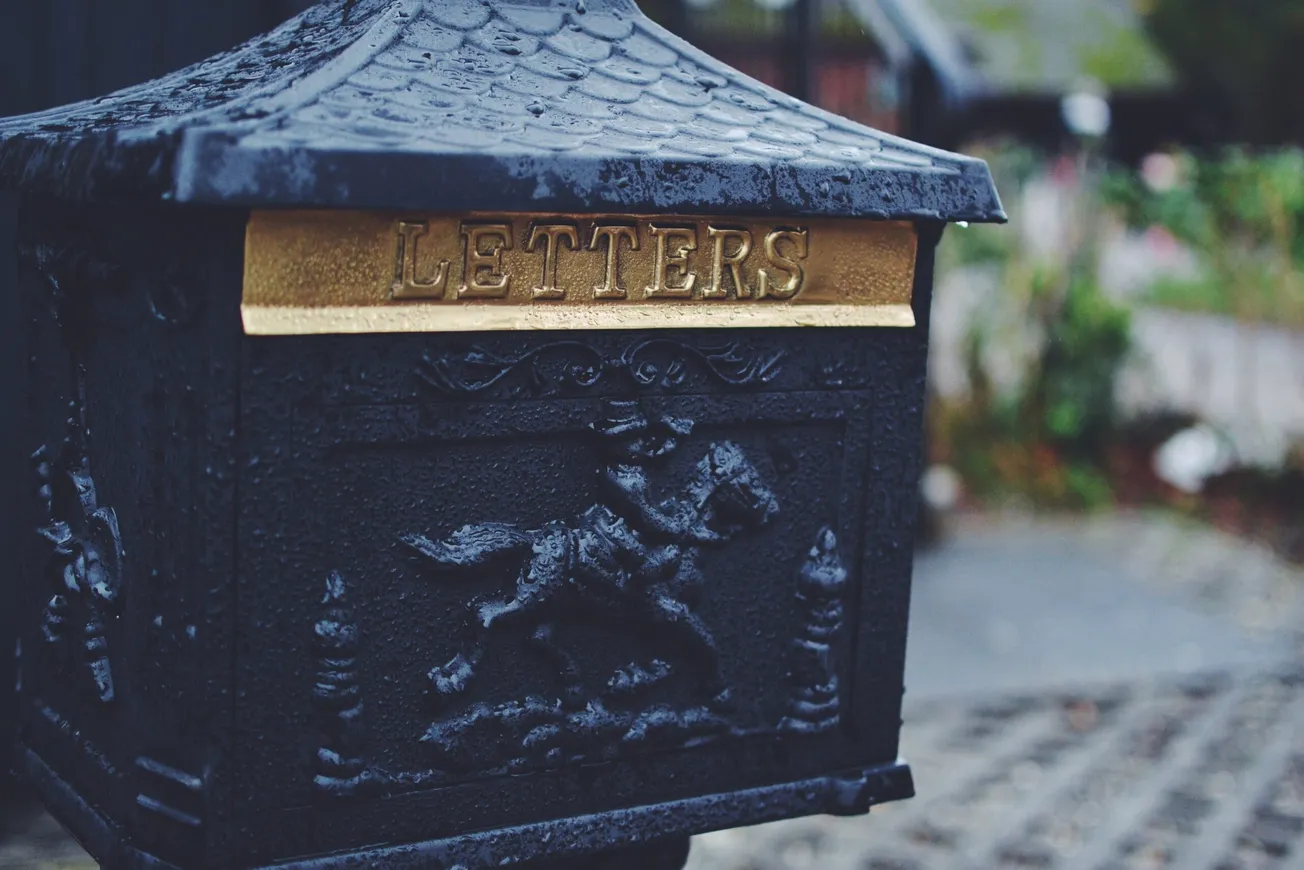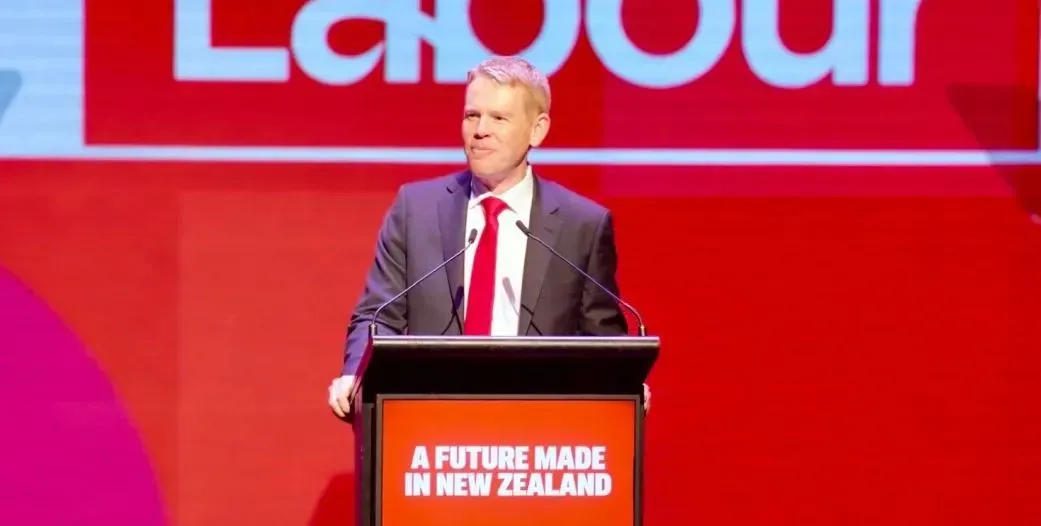I have had a few comments about previous letters from people asking about which country is better – the UK or New Zealand – as they were thinking of moving. First of all, I am not an immigration/emigration advisor, so nothing I say should be interpreted as giving advice. What I can do is give facts and my interpretation as to how they affect me and the population at large.
What one can’t get away from is the thought that the UK as a cohesive unit is disintegrating. This is not just the disastrous devolution exercise giving enhanced governance status to Wales, Scotland and Northern Ireland (gee thanks Tony Blair). The classical North/South divide in England is giving way to a division based on the metropolitan elite versus the rest of the citizens. Given Jacinda Ardern’s employment history with Tony Blair, I cannot help but draw parallels with what is happening in New Zealand between Maori and Pakeha (not forgetting Indians, Chinese and any other non-Maori ethnic group).
Post-university, she worked as an adviser in the office of then-Prime Minister Helen Clark. In 2005 she went to London and worked in the Government Cabinet office of British Prime Minister Tony Blair as an assistant director for Better Regulation Executive in the Department for Business and Enterprise, and on a review of Policing in England and Wales.
The Council of Women World Leaders.
The big problem post-Covid is the continuation of the work from home philosophy. Many in the civil service have been participants in working from home and they are resisting attempts to get them to resume work as normal – i.e. based in an office. Boris Johnson’s Government has stated that it is trying to reduce civil service numbers by 90,000. This is typified by released figures showing the staffing of officials at NHS England and the Department of Health rose from 7,883 in 2020 to 14,515 in February 2022. During this period, front line medical staff remained roughly the same. The 1.25 percentage points rise in National Insurance deductions came into effect in April and is forecast to raise £12 billion annually solely for injection into the health services. The danger is that the NHS is now a bucket with holes in it and anything that goes into it just disappears without trace as it leaks from the bloated bureaucracy.
The NHS is slowly morphing from a revered national deity to a dysfunctional drain on the nation’s resources. No matter how much money goes in, very little improvement seems to come out. There are currently 6,400,000 people on the NHS waiting list for treatment. In the county of Somerset, no NHS dentists are accepting new patients and in my part of the country there are cases of people performing self-extraction of teeth. (That used to be done involuntarily in certain pubs in Newquay during the tourist season).
The current prescription charge in the UK is £9.35 per item. However, a prescription prepayment certificate (PPC) that covers all items on a prescription could save you money:
- a 3-month PPC costs £30.25
- a 12-month PPC is £108.10
This can give large savings for chronic illnesses, but such a lump sum payment is often unachievable for the poorest members of society.
The ambulance service is deteriorating, with my local service (South Western Ambulance Service) being particularly bad.
Patients with life-threatening conditions such as heart attacks and strokes are having to wait far too long for emergency care, she said, and vulnerable older people are in some cases spending all night on the floor at home after falling.
The rapidly escalating crisis is being caused by soaring demand, enormous staff shortages in the NHS and social care that have been worsened by Covid-related absences, and a drastic shortfall of hospital and care home beds. Hospital doctors are struggling to find any space for patients arriving at A&E. That is causing record delays in ambulances handing over patients, which is leading to waits of up to 22 hours for 999 callers.
More than half of clinical leads (55 per cent) reported their longest patient stay in A&E in the last three days as being over 24 hours, the survey shows. Nearly a quarter (23 per cent) said their longest patient stay was over 48 hours.
“The fact that there’s anybody in that category is shocking, but the fact that over 50 per cent of departments have people over 24 hours … that is staggeringly bad,” said Henderson. “There’s no clinical reason why a patient should be there, really, more than six hours. The fact that there’s anybody in the more-than-48-hour category is just unbelievably appalling.”
Delays in moving 999 patients from ambulances to A&E and then to a ward are having a catastrophic effect on ambulance response times, Henderson said. Ambulances in the south-west have the worst record of any of England’s 10 ambulance trusts for the most urgent calls for four out of the past five months, according to a Guardian analysis of data from NHS England.
The Guardian 10 April 2022.
There have been cases of heart attack victims waiting for six hours for an ambulance and elderly people with fractures waiting for 12-plus hours, sometimes on a cold pavement in the open air. On arrival at A&E ambulances have to queue before their patients can be received. This results in increased unavailability of ambulances. Once in A&E, because of bed blocking, especially elderly patients who can’t get care-home beds, patients waiting treatment can be left on a gurney in a corridor for 24 hours plus.
I make no apologies for this turning into a rant, because the situation is now difficult and yet it is political suicide for anyone to attack (or even point out shortcomings) in the NHS.
I have run out of space for further comments, but I will send further updates on the economic state of the UK shortly. It is getting stressed, with inflation approaching 10 per cent, and increasing signs of poverty – not just comparative poverty, but real poverty.









